Yulman Stadium: Tulane pride at low tide
November 8, 2012
During the 1981 Tulane football season, 65,103 fans passed through the cavernous Louisiana Superdome turnstiles to watch the Green Wave defeat rival LSU 48-7.
Tulane’s football team had played there for six seasons, and just like in 2012, the stadium stood only three miles from campus. But unlike in 2012, the Green Wave easily attracted tens of thousands of fans to its off-campus playing field.
Through the decades, the Wave fan base has dwindled substantially. During the last five seasons – from 2008 through the Wave’s Oct. 13 game against Southern Methodist University – Tulane averaged 5,485 in turnstile attendance, a number that, until now, has not been released to the public.
Now, Tulane plans to build a new 30,000-seat on-campus stadium set to open in fall 2014. Yulman Stadium, according to university officials and the majority of Tulane fans, has the potential to boost the waning fan base and compete with local loyalties to LSU and the New Orleans Saints. Local residents and opponents of the stadium’s size and location, however, say that the proposed number of seats and the actual number of current attendees don’t match up.
A downward trend
The turnstile records released to The Hullabaloo by SMG, the company that manages the Mercedes-Benz Superdome, through Tulane, reveal very low turnout at recent Green Wave football games.
Against SMU earlier this year, only 2,119 people showed up, a more than 30-year low. When Tulane played Texas-EL Paso on Oct. 15, 2011, 2,464 spectators appeared at the game.
There have not been more than 21,000 attendees at a Green Wave football since Sept. 29, 2007, when Tulane played LSU, attracting a crowd of 44,656.
The Green Wave used to attract robust crowds to its own large on-campus stadium, Tulane Stadium, which was demolished in 1979.
“All the people there sitting next to each other fed off of each other when you pushed them together,” longtime fan Tommy Clark said.
Even after Tulane moved to the Superdome in 1975, it retained much of its previous support.
Clark’s brother Jimmy Clark said Tulane’s undefeated season in 1998 in the Superdome was just as exciting as some seasons at Tulane Stadium.
“I remember Tommy Bowden’s two years in [’97 and ’98], and everybody was here then,” Clark said. “It was pretty exciting in the dome.”
As decades passed, however, fan attendance steadily declined. While the tickets-sold attendance, which includes season ticket holders and students, has remained relatively steady, turnstile attendance has significantly decreased.
During its 2011 homecoming game against Memphis, for instance, Tulane reported a tickets-sold attendance of 25,158. Turnstile attendance numbers, however, revealed that 5,468 fans were present.
In 1981, the Wave averaged 37,663 in turnstile attendance. In 1991, it averaged 13,943 fans per game. In 2011, during which head coach Bob Toledo was fired midway through the season and the Wave won only two games, average turnstile attendance fell to 4,055 per game.
The Tulane athletics department declined to comment on the turnstile attendance numbers.
Longtime fan Judith Sherman said one reason the fan base is dwindling because students move away after they graduate, and it doesn’t allow the fan base to grow.
“The ones who graduate don’t really come back,” Sherman said.
Though the Superdome is only 3.3 miles away from campus, Tulane senior Greg Thompson said that playing off campus makes it much more difficult to draw in student fans.
“I think the Superdome is perceived as being really far away,” Thompson said. “It’s not really, though. It’s just not on campus.”
At many universities, football brings the campus together, but recent Tulane graduate Zach Ulrich said Tulane’s student culture does not have that.
“People don’t talk about the upcoming game during the week,” Ulrich said. “Most people don’t even know who we’re playing. There are so many different things for students to do, and people just go out and do other things. We don’t have that many things that just bring us together as a whole school. At some schools, football really does that.”
A new on-campus stadium
Though Tulane President Scott Cowen and Athletic Director Rick Dickson have not promoted Yulman Stadium as an end-all antidote for Tulane’s fan base size, the two have pushed it as a visible sign that the university administration is with the football program for the long haul.
Yvette Jones, chief operating officer and senior vice president for external affairs, said the stadium will rejuvenate what Tulane has lost in the Superdome.
“Playing at the Superdome has diminished numbers over time, and we lost students,” Jones said. “We lose alumni who come to town. We’ve lost a fan base, and we believe putting it back on campus is going to draw people back from the neighborhood, from the broader community, and just around Tulane, as well as our students and our fans.”
Executive Associate Athletic Director Brandon Macneill said an on-campus stadium would allow busy students to enjoy Green Wave football without giving up their entire Saturday.
“You can see it from my office, but it might as well be a different state because it’s not here,” Macneill said. “The commitments that [students] have between the service, the classes, the studying makes it hard to devote an entire day to go all the way downtown. Unless we are really winning, it’s tough, but I think building an on-campus stadium will change that completely because it will be a focal point for the entire university community.”
Ulrich said the stadium could be the answer as well.
“By the time it’s built, we’re going to have a better [football] program,” Ulrich said. “I think we’re already doing better. I think we’re going to be winning more, and it will be more convenient for students to come. People will be able to tailgate in the parking lot.”
In a Sept. 24 forum addressing the stadium, Cowen pointed toward SMU as a Football Bowl Subdivision school that recently completed a similar stadium project.
“In terms of the capacity of the stadium, it’s very much in line with many of the conferences and certainly in line with average attendance that we’re seeing,” Cowen said. “And if you look at the SMU stadium, which is I think 32,000, that did not preclude them getting into the Big East [conference]. And if you look at several other stadiums that got into alternative conferences, it did not preclude them from doing that. It’s not likely to happen here.”
SMU, however, is one example of a private school that failed to significantly boost its fan base by moving from a large off-campus facility to a smaller on-campus facility.
SMU opened the 32,000-person Gerald J. Ford Stadium on campus in 2000. The facility cost $42 million, which translates to $56.4 million in 2012 dollars. SMU advanced to bowl games in 2009, 2010 and 2011, winning in 2009 and 2011. But its tickets-sold attendance has dropped from an average of 19,840 fans during the five years before to 18,948 in the 12 years since the stadium was put in place.
Tulane also faces the challenge of reassembling its fan base during a period in New Orleans sports when the New Orleans Saints and LSU football have taken the city by storm. The Saints won their first Super Bowl in 2009, and LSU has won two national championships in the past decade. Even when the Green Wave went 12-0 in 1998, it did not approach its fan support from previous decades and averaged 16,787 in turnstile attendance per game.
“I think the days of small private institutions packing more than 50,000 fans in a stadium on a given Saturday are over, honestly,” said Tammy Nunez, The Times-Picayune’s Tulane beat writer, in a Nov. 1 fan chat. “Big state schools like Ohio State and LSU can pull those kind of numbers because of their huge alumni bases and the amount of those folks that stay local. Attendance numbers are down in all kinds of sports across the board with a few exceptions like the NFL.”
Local opposition
Some neighbors in the Tulane area have said that the stadium is too large relative to the size of Tulane football’s fan base and that the poor attendance does not justify a 30,000-seat stadium.
Robert Savoie, a local neighbor who resides on Audubon Boulevard, said he doesn’t mind an on-campus stadium, but the location for Yulman Stadium is too small.
“I’m not against Tulane having an on-campus stadium,” Savoie said. “In fact, I like the idea, but I would prefer a different location. From an engineering standpoint, [Tulane] forced it into too small of an area.”
Jane Booth is a lawyer who has worked with the neighborhood association in opposition to the stadium plans.
“I think a lot of people are in denial,” Booth said. “They just can’t possibly believe that it’s going to happen the way [Tulane] wants to do it. I think people are worn down emotionally and financially, and they don’t feel like they can fight Goliath. It’s really sad because this could have been a project where Tulane worked with the people and did something responsible that everyone embraced.”
Jones said that though the university studied peak tickets sold numbers in determining the new stadium’s size, turnstile attendance does not mean anything to Tulane.
“In terms of our own, first of all, you don’t build a facility to hit an average,” Jones said. “You usually build it for what you think is a pretty good estimate of your peak. That’s how we’ve modeled the stadium.”
She said the two sets of figures will converge as fans who previously bought tickets but did not attend games in the Superdome begin to attend game in Yulman Stadium.
“Paid attendance is the NCAA standard universities use to determine fan base support,” Jones said. “In Tulane’s case, this figure includes not only those who attend the games but also those who support the program but are not excited about going to games at the Dome. We designed the stadium based on the capacity available at the vast majority of the on-campus stadiums of our fellow FBS schools.”
“We have no doubt that turnstile numbers will increase once Yulman Stadium is built in easy walking distance for so many students and community members and as our football program continues to improve.”
Booth said she strongly disagrees.
“We don’t think under any circumstances that Tulane’s ever going to fill a 30,000 person stadium,” Booth said. “The Tulane football program is so weak and has been so weak. I don’t believe building a 30,000-person stadium repairs a broken football program. Until Tulane comes to the table with a reasonable proposal this is not only going to damage the neighborhood, but I don’t think it’s going to be good for university either.”
Regardless, Jones said the stadium is on the fast track toward an agreement with the city on the stadium.
“The agreement we’re working out is with the city,” Jones said. “We’re pretty close. I’d say we will have an agreement done within the next month or two months, clearly by the end of the year.”



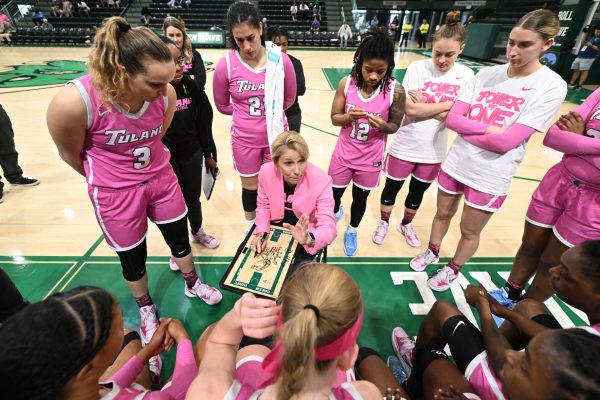
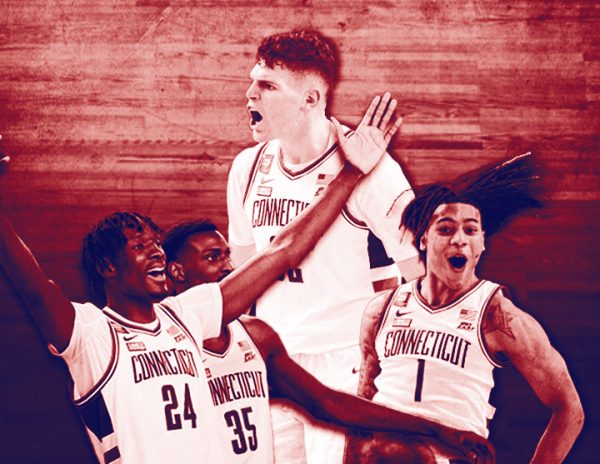
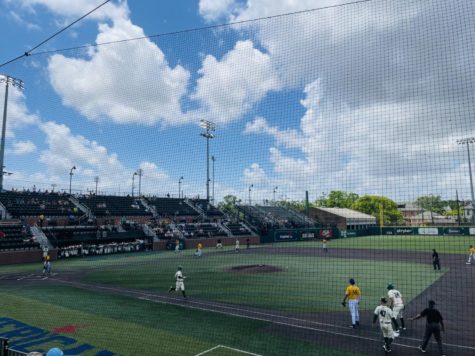

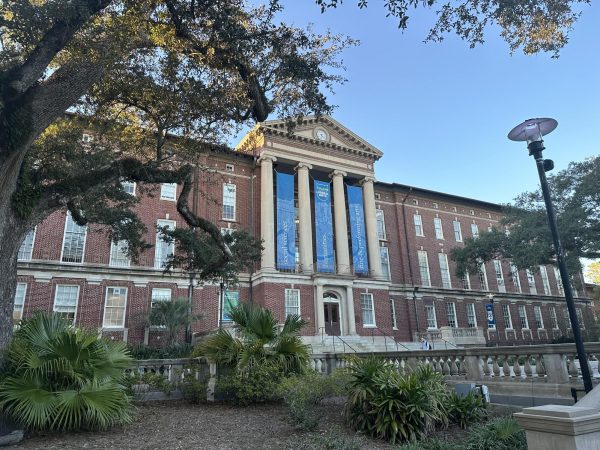
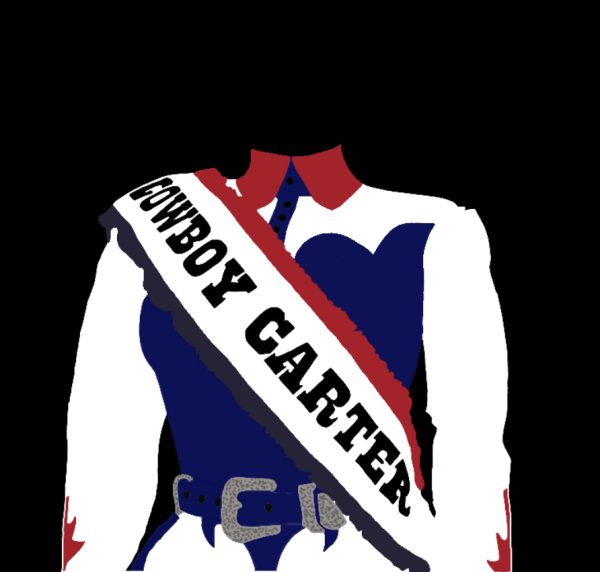
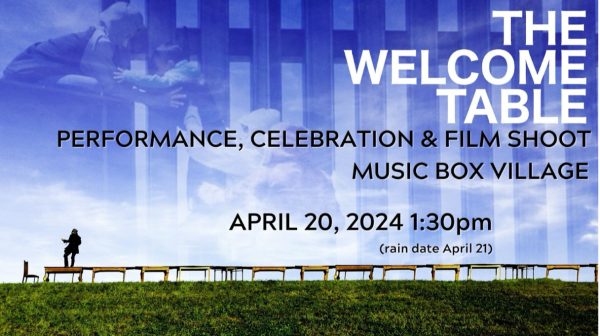
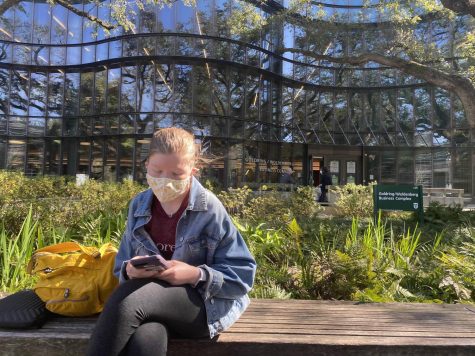
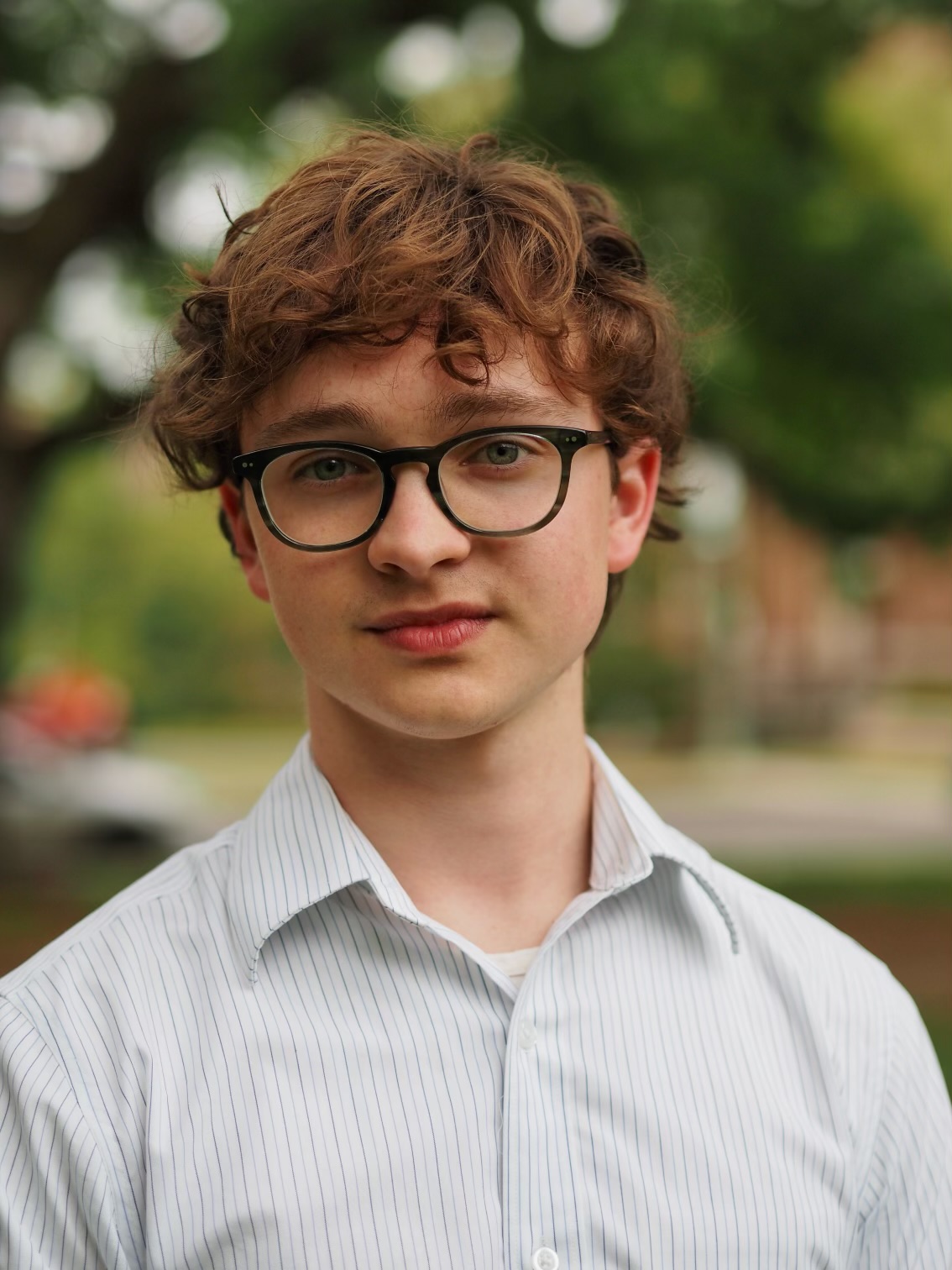


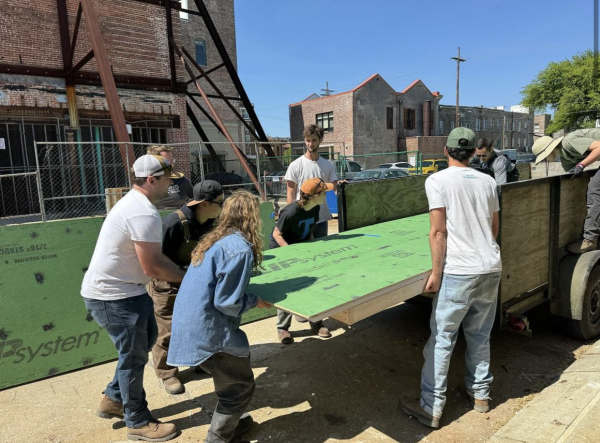




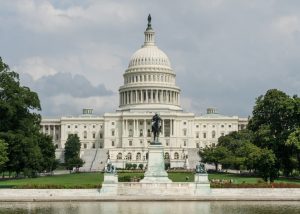


Leave a Comment